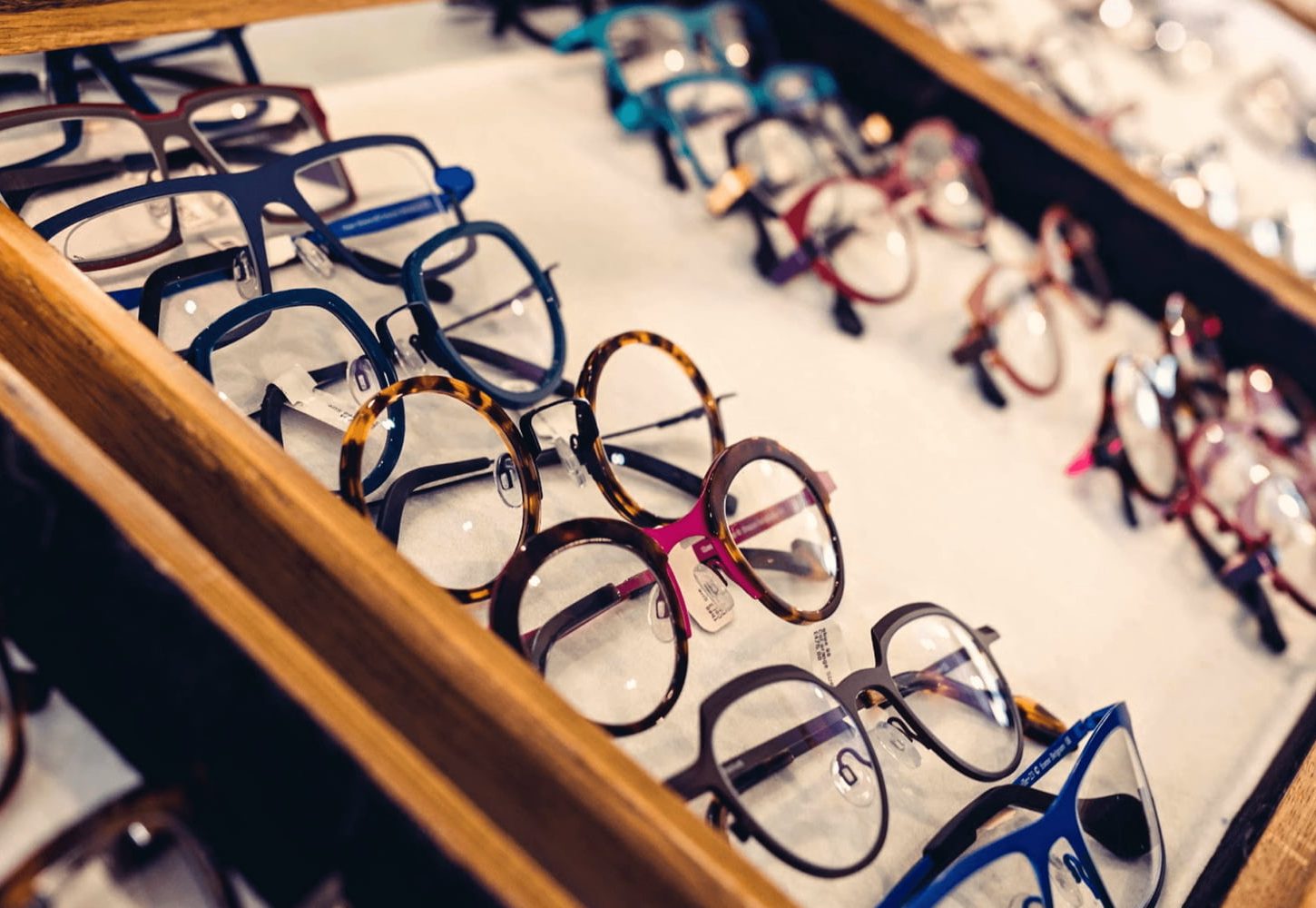Glasses have shaped the way we see the world—literally and figuratively. From the invention of the first “reading stone” in 1000 AD to the revolutionary bifocals created by Benjamin Franklin, eyewear has a fascinating history.
Did you know that modern lenses are rarely made of glass anymore? Or that Ray-Ban aviators were designed for military pilots before becoming a fashion staple? Whether protecting pilots’ eyes or helping the everyday person see clearly, glasses have had an undeniable impact.
Explore these fun facts about glasses, and you’ll see just how much history and science are packed into this essential accessory.
1. The First Reading Aid: The Reading Stone

Image: light-microscope.net
The Reading Stone, developed around 1000 AD, represents one of the earliest vision aids. This simple tool was a convex lens made from polished quartz or glass, which magnified text when placed over it. The Reading Stone was particularly useful for monks and scholars who often struggled with reading manuscripts due to poor eyesight. By enlarging the text, it allowed these early readers to decipher writings with greater ease.
What makes the Reading Stone significant is that it paved the way for the development of modern eyeglasses. Before its invention, visual impairments often limited one’s ability to read and write effectively. Its introduction changed that, contributing to an increase in literacy and knowledge dissemination during the Middle Ages.
2. Italy’s First Wearable Glasses in 1284
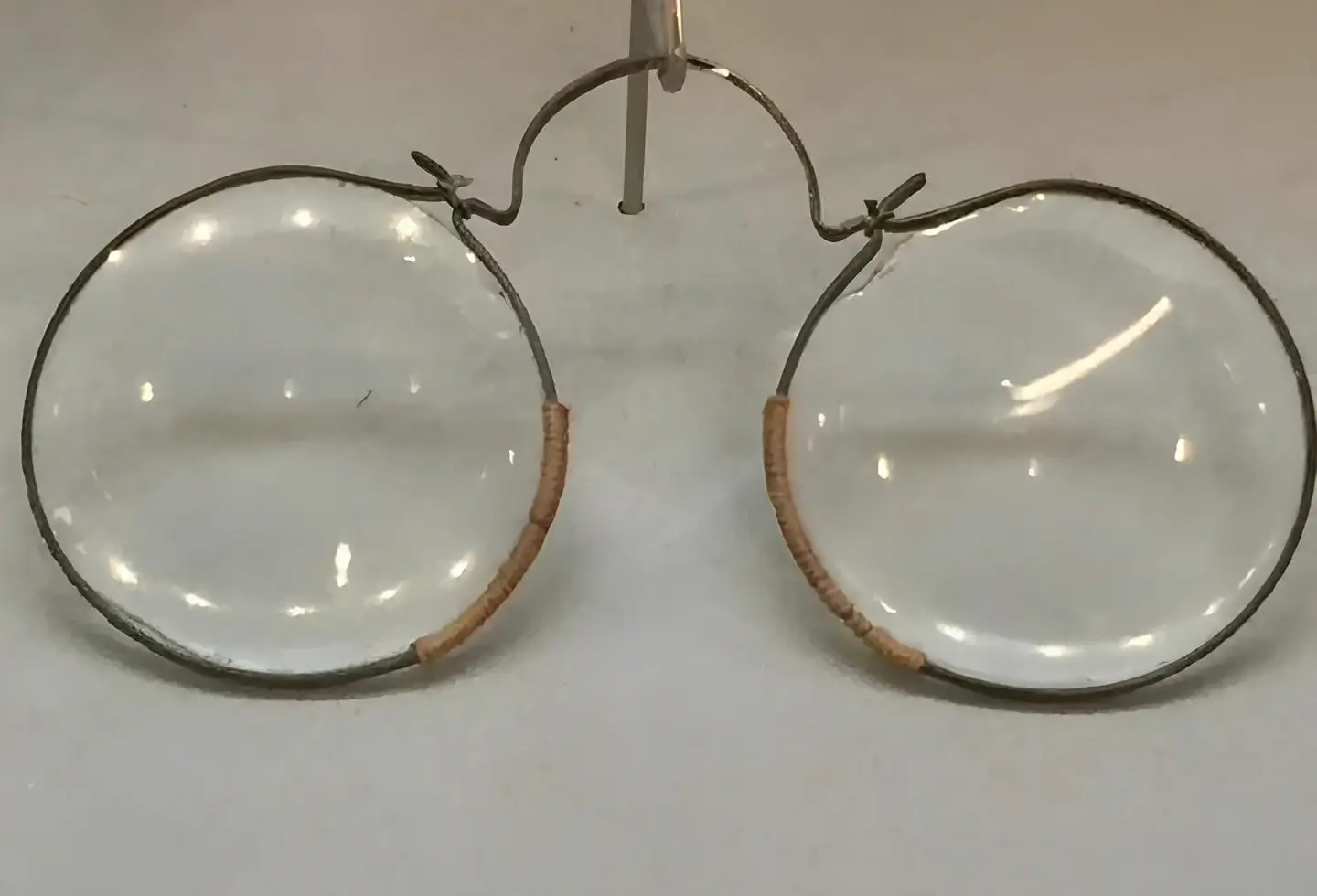
Image: bestveniceguides.it
The first wearable eyeglasses with glass lenses were invented in Italy around 1284, most likely in Pisa. These early glasses featured convex lenses to correct farsightedness and were held in front of the face or perched on the nose, making them cumbersome to use.
Over time, Venice became the center of high-quality spectacle manufacturing, particularly due to the glass-making expertise in nearby Murano. By 1301, the production of eyeglasses was so prominent that regulations and guilds were established to control their sale. By the late 14th century, glasses were being exported across Europe.
These innovations laid the foundation for modern eyewear, though designs remained limited to the wealthy for centuries, reinforcing glasses as both a practical tool and a status symbol.
3. Benjamin Franklin’s Invention of Bifocals
In 1784, Benjamin Franklin revolutionized eyewear with his invention of bifocal lenses. Tired of switching between two pairs of glasses—one for reading and another for distance vision—Franklin had the innovative idea to merge the lenses. He cut his distance and reading glasses in half and placed them together in one frame, creating “double spectacles.”
This practical solution allowed him to switch focal distances by simply shifting his gaze from the top to the bottom of the lens. Franklin’s invention laid the foundation for modern multifocal lenses, although bifocals in their original form remained fragile until lens-fusing techniques were developed in the 20th century.
4. The Monocle’s Rise and Fall
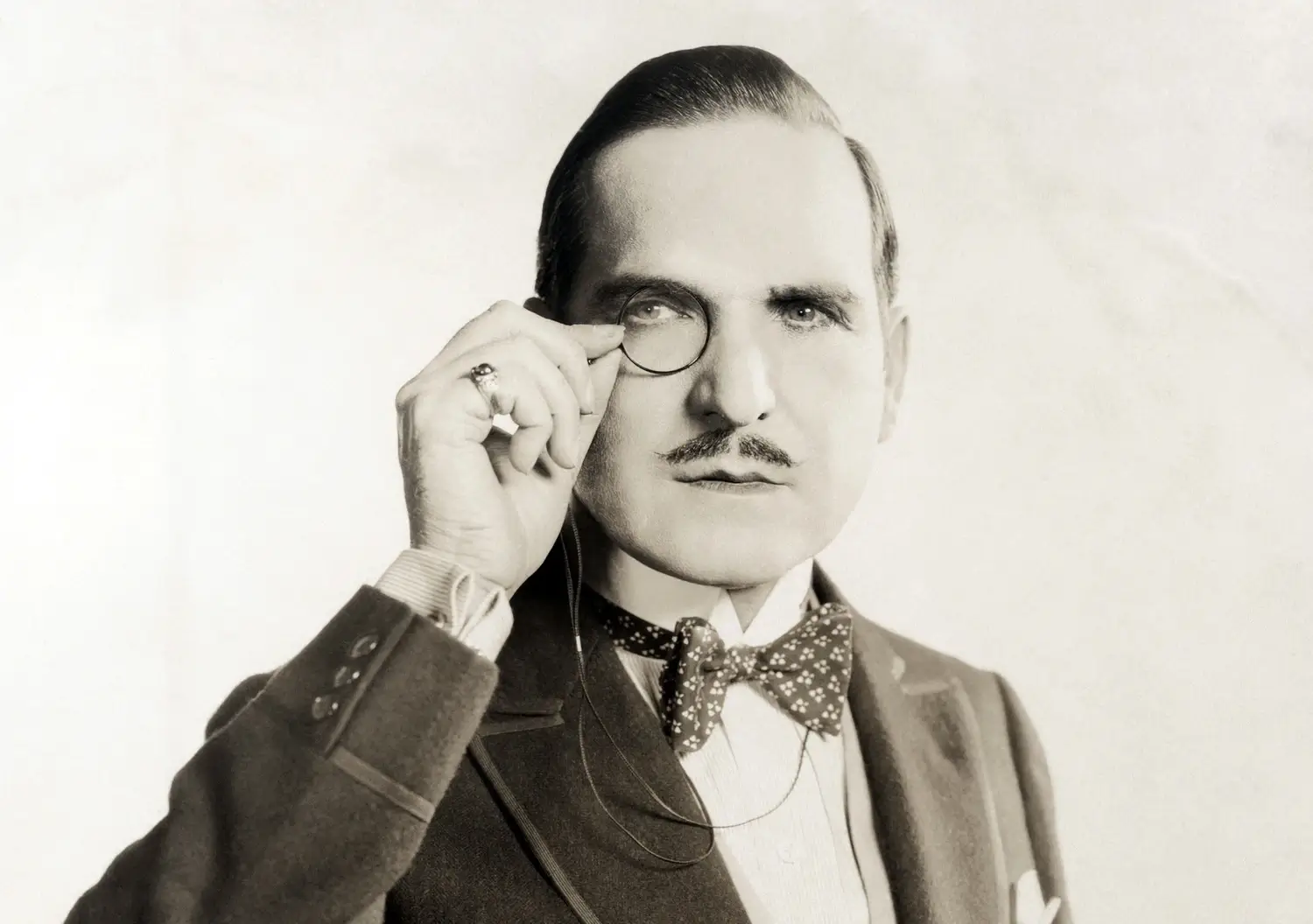
Image: unsw.edu.au
Monocles first appeared in the early 19th century, primarily in Great Britain, and quickly became a fashion symbol among the aristocracy and intellectual elite. By the late 1800s, monocles were associated with wealth and elegance, particularly in European high society. The lens was often custom-fitted, making it an expensive accessory. Despite its impracticality, it was worn as a mark of status, further popularized through figures like Joseph Chamberlain and various caricatures of the rich in media.
However, after World War II, the monocle fell out of favor due to its association with German military officials, most notably during Nazi Germany. Its impracticality, combined with changing fashion trends, led to its decline. Today, monocles are mostly seen as relics of a bygone era, often used in satire or historical references.
5. Why Do People Wear Glasses?
Approximately 50% of the world’s population will need corrective lenses by 2050, according to research. This increase is largely due to rising cases of myopia (nearsightedness), a condition becoming more prevalent due to modern lifestyles. Excessive screen time, prolonged indoor activities, and less time outdoors have contributed to this surge.
In places like China and South Korea, nearly 90% of young people are affected by myopia. Genetics also play a role, but environmental factors such as early schooling and limited outdoor exposure appear to significantly influence vision problems.
Glasses, first invented in the 13th century, continue to provide a vital solution for people with refractive errors like myopia, hyperopia (farsightedness), and astigmatism, allowing them to correct vision without surgery.
6. The Rise of Fashion Glasses in the 1960s
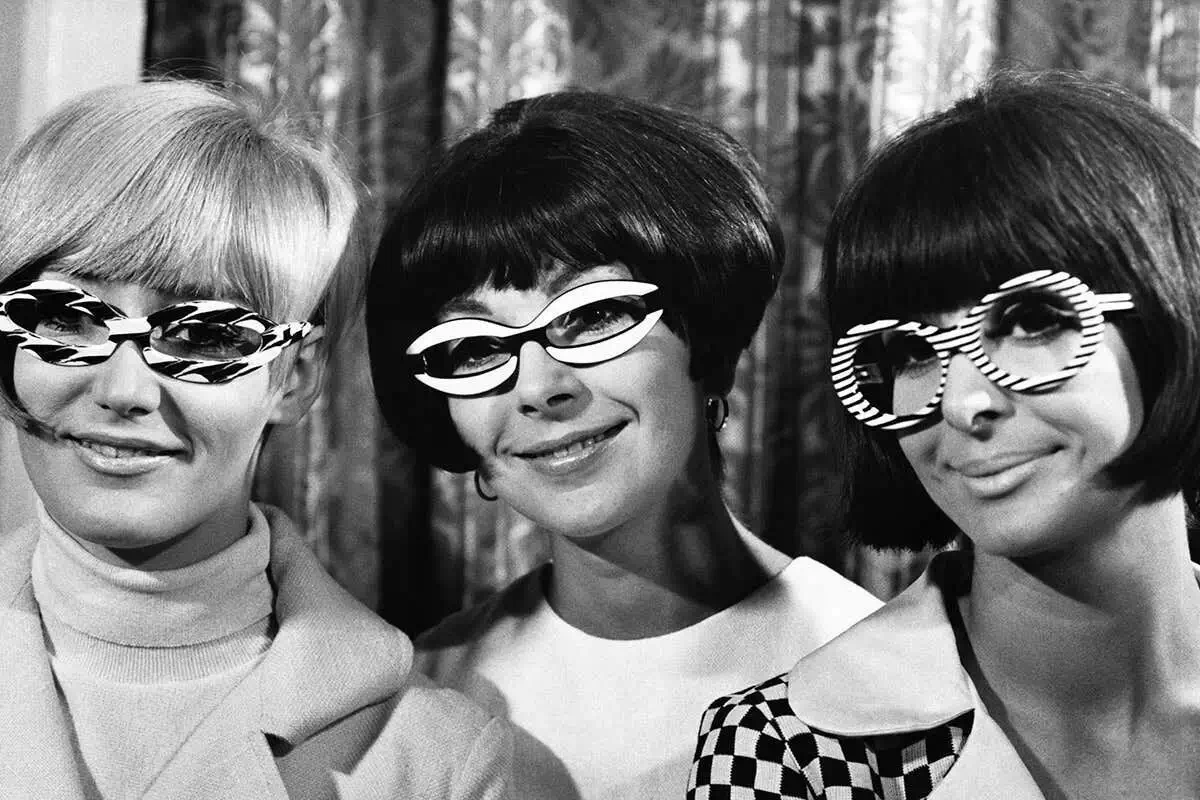
Image: modof.club
In the 1960s, eyeglasses transformed from mere vision aids to stylish fashion accessories. This shift was driven by popular culture and the influence of celebrities like John Lennon and Audrey Hepburn, who helped turn glasses into a statement piece.
Bold designs like wire-rimmed teashades, often associated with the counterculture movement, became iconic, while larger, more artistic frames gained traction as people sought to express individuality through eyewear. By the end of the decade, glasses were no longer just about functionality but had firmly entered the realm of fashion.
7. Modern Glasses Aren’t Made of Glass
Today’s eyeglasses are primarily made from plastic rather than glass, making them lighter, safer, and more durable. Early lenses were crafted from glass, which, while effective, were heavy and prone to shattering. Modern materials like CR-39 plastic and polycarbonate are now the standard.
CR-39, developed in the 1940s, offers high optical clarity, while polycarbonate lenses, originally used in aerospace, are impact-resistant and ideal for safety and sports eyewear. Plastic lenses also allow for easier application of protective coatings, like anti-scratch or UV protection, making them more versatile than glass.
8. Glasses for Astronauts
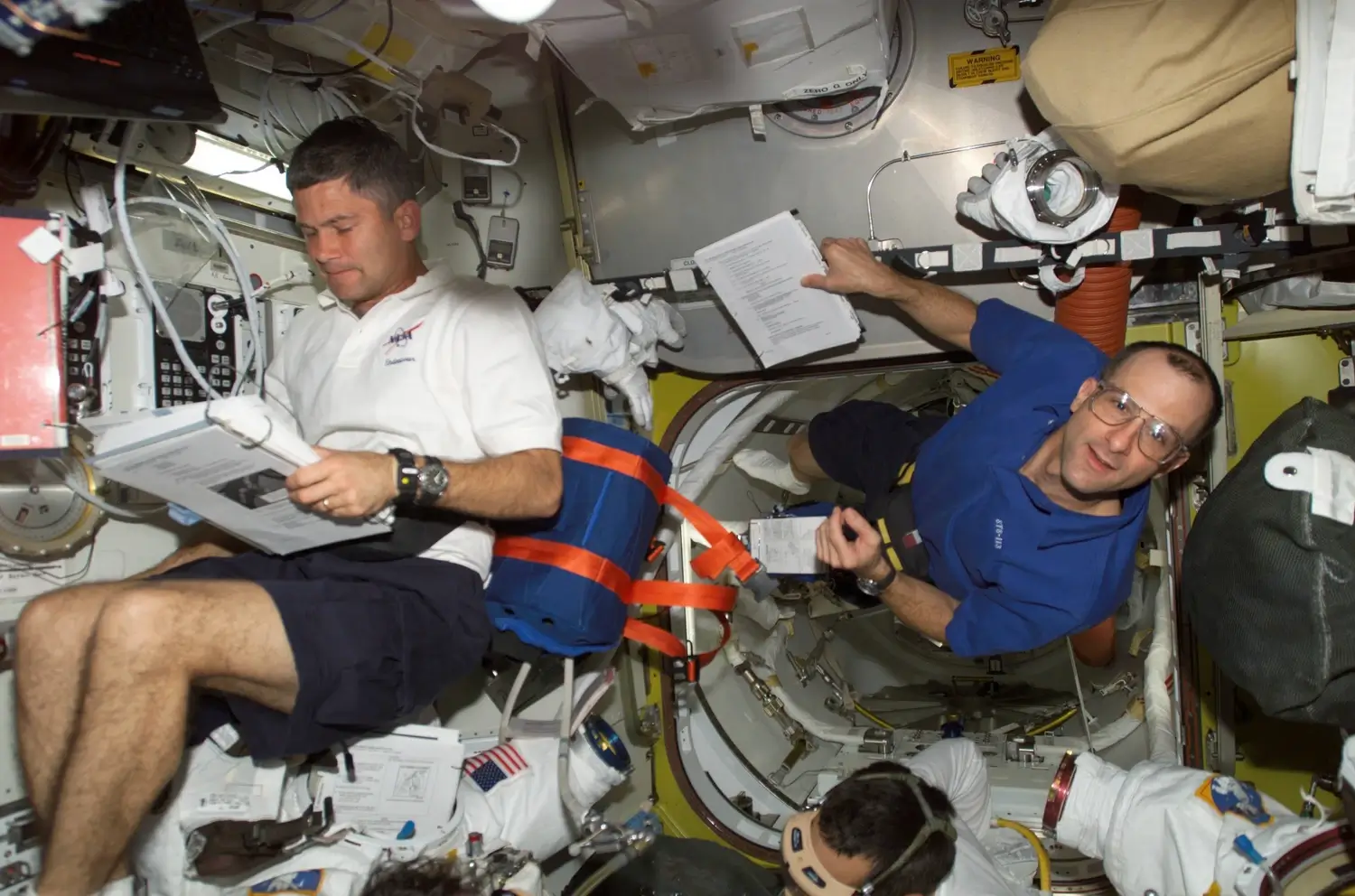
Image: space.stackexchange.com
NASA has developed special corrective lenses for astronauts to address vision problems caused by the unique challenges of space travel. Microgravity can alter the shape of the eyeball, leading to temporary vision impairment. NASA collaborated with optometrists to design lightweight, durable glasses that compensate for these changes.
These lenses are made from scratch-resistant materials, offer UV protection, and are customized to suit different light conditions encountered both inside spacecraft and during spacewalks. Their adaptability to various lighting scenarios helps astronauts maintain optimal vision while operating in low-gravity environments.
9. Eyeglasses as a Social Class Symbol
During the 17th and 18th centuries, eyeglasses were more than just a tool for vision correction—they were a symbol of wealth, education, and social status. As glasses became more refined, their production was expensive, making them accessible only to the elite. Wealthy individuals who could afford spectacles were often associated with literacy and intellectualism, as many of those who owned glasses were scholars, merchants, or clergy.
In fact, wearing glasses became a mark of distinction, with the frames often crafted from luxurious materials like gold or tortoiseshell to reflect the owner’s affluence and refinement. Over time, glasses became not just practical tools but symbols of status and wisdom in an increasingly literate society.
10. The Most Expensive Glasses in the World
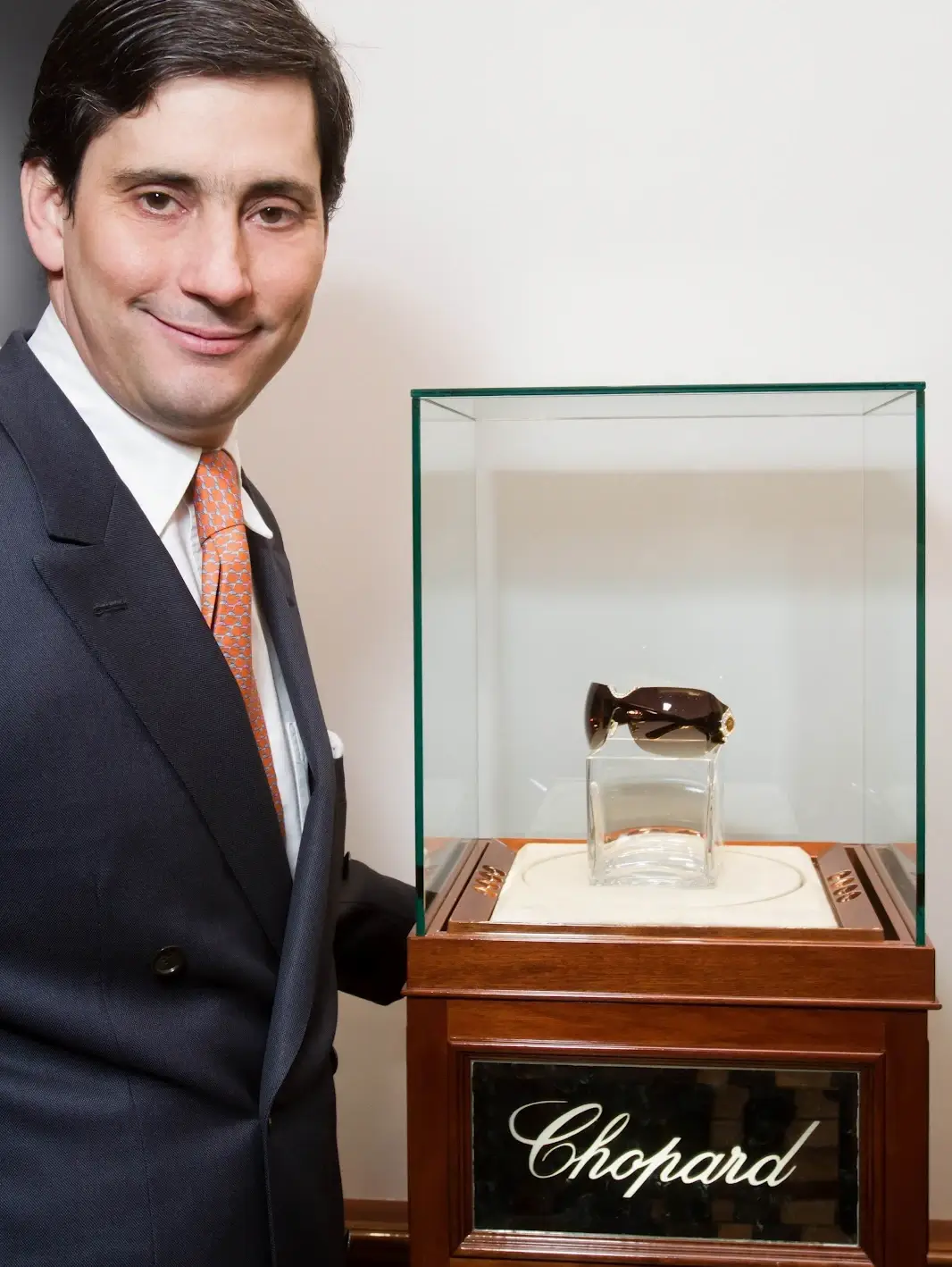
Chopard’s $400,000 diamond-encrusted sunglasses. Image: luxuo.com
Chopard holds the title for the most expensive eyewear, with a pair of diamond-encrusted sunglasses valued at a staggering $400,000. These luxurious glasses are adorned with gold and diamonds, blending high-end fashion with jewelry craftsmanship.
Other notable mentions in the world of luxury eyewear include the Bentley Platinum Sunglasses at around $45,000 and the Bulgari Flora Sunglasses, priced at $59,000. These extravagant designs not only provide eye protection but also serve as symbols of wealth and status, making them desirable collectibles for the elite.
FAQ
Why are they called glasses?
The term “glasses” originated from the material used in early lenses—glass. When vision aids were first invented, the lenses were crafted from blown glass, hence the name. Over time, even as lenses transitioned to lighter plastic materials, the term “glasses” persisted, reflecting the historical connection to glass lenses.
How long did glasses exist?
Glasses have been in use for over 700 years. The earliest known records of eyeglasses date back to around the late 13th century in Italy. Over the centuries, they evolved in design and material, becoming a common tool for vision correction by the 18th century.
Who invented the glasses?
The invention of glasses is attributed to Italian monks in the late 13th century. While the exact individual is unknown, Salvino D’Armate is often cited, although this is debated. The first eyeglasses with convex lenses, designed to correct farsightedness, were created in Northern Italy.
Why is glasses the greatest invention?
Glasses are considered one of the greatest inventions because they fundamentally improved quality of life by restoring or enhancing vision for millions. They allow people to perform tasks, read, and engage in everyday activities that would otherwise be difficult or impossible without clear vision. By enabling better vision, glasses have played a crucial role in education, work, and daily life throughout history.


